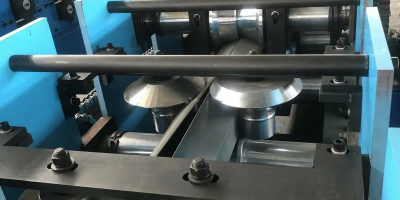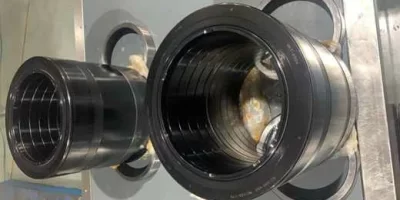When it comes to sewage pump selection, there are eight main methods that can be utilized. In this article, we will explore these methods and their significance in choosing an appropriate sewage pump for various applications.
Method 1: Flow Rate Calculation
The flow rate of sewage is an essential factor to consider when selecting a pump. By accurately calculating the expected flow rate, one can determine the appropriate pump size and capacity required to handle the sewage efficiently. Factors such as peak flow rates and variations in sewage composition should also be taken into consideration.
Method 2: Head Calculation
The head refers to the total resistance that a pump must overcome to move sewage from one point to another. It includes factors such as pipe friction, elevation difference, and pressure loss due to fittings or obstructions. Accurately calculating the head is crucial in selecting a pump with sufficient power and capacity to overcome these resistances.
Method 3: Sewage Composition Analysis
The composition of sewage can vary greatly depending on the source. It may contain solid waste, debris, abrasive materials, or corrosive substances. Analyzing the sewage composition helps in determining the material and construction requirements of the pump, ensuring its resistance to corrosion, abrasion, and clogging.
Method 4: Pump Type Selection
Based on the flow rate, head, and sewage composition, the appropriate pump type can be selected. Common types include submersible pumps, grinder pumps, self-priming pumps, and centrifugal pumps. Each type has its advantages and limitations, and choosing the right one ensures efficient and reliable sewage pumping.
Method 5: Pump Efficiency Evaluation
Pump efficiency plays a vital role in the overall operational cost of sewage pumping systems. Evaluating the efficiency of different pump models helps in choosing a pump that provides optimal performance while minimizing energy consumption and maintenance costs.
Method 6: Reliability and Durability Assessment
The reliability and durability of the pump are critical factors, especially in sewage applications that require continuous operation. Examining the manufacturer’s reputation, product warranties, and customer reviews can provide insights into the pump’s reliability and longevity.
Method 7: Cost Analysis
Considering the initial cost, operational expenses, and potential maintenance costs is essential when selecting a sewage pump. An economical choice should strike a balance between affordability and long-term performance, ensuring efficient sewage handling without unnecessary financial burden.
Method 8: Environmental Considerations
Environmental factors such as noise levels, vibration, and emissions may also need to be taken into account. Choosing a pump that operates quietly, produces minimal vibrations, and meets environmental regulations can contribute to a healthier and more sustainable sewage pumping system.
In conclusion, selecting an appropriate sewage pump involves considering various factors such as flow rate, head, sewage composition, pump type, efficiency, reliability, cost, and environmental considerations. By utilizing these eight methods, one can make an informed decision to ensure efficient and reliable sewage pumping for a variety of applications.
.jpg)



